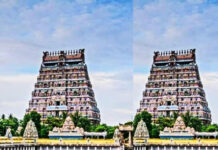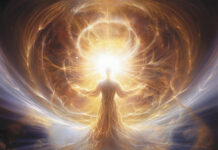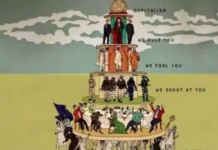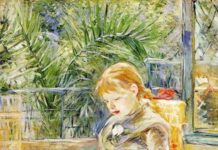
In one of Guru Nitya Chaidanya Yati’s autobiographical speeches, it is recounted that Nataraja Guru approached a group of young students gathered under a tree and engrossed in a serious discussion.
“What’s happening?” he inquired.
Young Nitya responded, “Guru, we’re delving into the Bhasa concept of Vedanta.”
Nataraja Guru’s interest waned instantly. “If there’s no laughter, what value does this discussion hold?” he remarked before walking away.
Recently, I’ve been listening to numerous philosophical discussions on Advaita on YouTube. There was no laughter, not even a smile. They seem more like sermons than engaging philosophical discourses. Occasionally, a swami attempts a joke, only to reveal their outdated humour.
Swamy Chidambara Thertha penned a detailed memoir on Nataraja Guru, filled with amusing anecdotes and poetic instances. Nataraja Guru never preaches or gives a sermon. He was a philosopher, and his conversation is filled with wit and humour, along with original poetic images.
Many memoirs on Narayana Guru portray him as an incredibly humorous individual. On one occasion, a disciple returned from Sri Lanka and shared his experiences.
Narayana Guru asked, “Are there statues of Buddha there?”
The disciple enthusiastically confirmed, “Yes, Guru, there’s a large statue for Buddha, and numerous others as well.”
Narayana Guru remarked, “That’s fitting, as he was the first to speak against idol worship in human history.”
I spent over five years with Nitya Chaidanya Yati, reminiscing about those days with laughter. Countless amusing moments linger in my memory. I recall the day I first met Nitya in 1992; he was strolling, and I joined him. He said, “For example, take a common man…”
Swamy Thyageesvaran, walking behind, quipped, “I’m here, Guru.”
I chuckled. Nitya turned to me, a soft gleam in his eyes, saying, “In history, he usually leads.” and continued, discussing Freud’s analogy of the mind as a three-tier tiffin carrier, with pappat on the top and rice at the bottom.
His classes were infused with subtle humour and profound irony. “Ignorance is the bedrock of great virtue. If Jean Valjean knew the candlesticks from Bishop Myriel would lead to 2800 pages of suffering, he’d refuse.”
In a philosophical discourse on avidya (primordial ignorance of the soul), Nitya maintained a gentle gleam of laughter in his eyes. “Les Misérables is an epic masterpiece on the purification of a soul. After those lengthy two thousand pages, Jean Valjean has no further need for purification; he was quite old and anticipating death. Christ stated that one must embody childlike innocence to approach him. Victor Hugo pondered, Old age is akin to a second childhood; sin does not exist at that stage; if it does, no one recollects, not even oneself.”
Advaita isn’t a religion; devoid of faith, it rejects rituals and beliefs. Hence, the emotional aspect of religion holds no sway. Advaita represents a philosophical perspective advocating pure knowledge as the sole path to salvation. It doesn’t directly address mundane sorrows and desires. It defines human sorrow (Dhukha) as stemming from angst, a byproduct of ignorance (Avitya), with knowledge as the antidote.
Knowing stands as the ultimate joy for all life forms, as any knowledge is the knowledge of the universe, that ‘Tat‘ (that one). Therefore, any process of learning must be an experience of happiness. Particularly philosophical education must be a celebration.
I realised that every great philosopher is essentially a humourist and poet, because profound philosophy can be expressed only through irony and poetry. This essence is evident in the Upanishads. “One worshipping ignorance dwells in darkness; one worshipping knowledge resides in deeper darkness.” If one can’t read this without a smile, they’re ill-suited for Advaitic studies or genuine philosophical learning.
Observing the smiling face of Buddha, I can see he is enjoying a joke. The irony that the timeless mind of Dharma can only manifest through mindless time is truly worthy of laughter.
Jeyamohan












